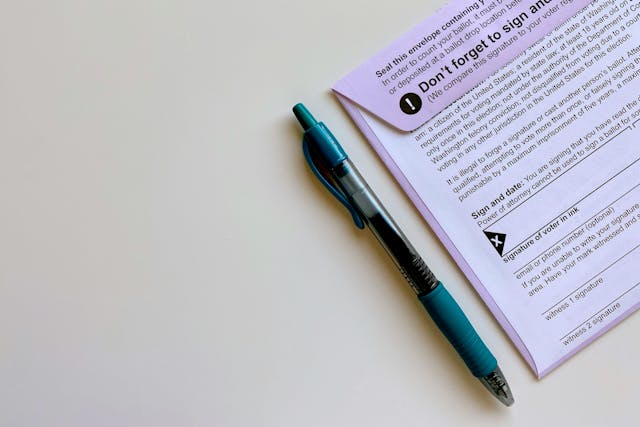Do Affirmative Action Bans Hurt Minority Students?

Recently, in the case Schuette v. Coalition to Defend Affirmative Action, the United States Supreme Court, by a 6-2 vote, upheld a Michigan ban on affirmative action. The ban stated that universities didn't have to consider race as a requirement for enrollment. Michigan isn't alone with a ban either as states like California, Washington, Oklahoma, New Hampshire, and others have done so, as well.
In June 2013, the New York Times ran an article which graphed how minorities have fared in states with affirmative action bans. The graphs only look at a couple major universities within a few states, but they manage to tell quite a bit. Whether with or without a ban, the overall percentage of minorities as freshmen increase and decrease -- sometimes, more wildly than others. However, it also shows the percentage of that state's total minority population and how it differs from the percentage of minority freshman.
The NYT charts specifically point out UC Berkeley and UCLA. The graphs show that 49 percent of the state's college-aged residents are Hispanic though only 11 percent and 17 percent of freshman are Hispanic at those two schools, respectfully. That is a big gap. The chart does show that the percentages for both universities dropped after the ban on affirmative action, but both were in decline before there was a ban. (as of 2011)
In Florida, 27 percent of the state's college-aged residents are Hispanic. When it comes to Florida State and the University of Florida, both universities showed that 18 percent of their freshman were Hispanic. Not as wide of a gap as California. Additionally, the percentage of freshman has increased right along with the state's college-aged residents in this category.
Sadly, it is the African-American community that has seen a decline at Florida State and a mix of up-and-down years at the University of Florida. (as of 2011)
It's mostly in Washington state where both Hispanics and African-Americans have seen an increase in the percentage of freshman, with slight variations in some years. So the graphics have the ability to make the cases for or against affirmative action bans in the same manner.
There were increases and decreases before bans were in place as there were afterwards. And though the charts do show the percentage of a state's college-aged residents, it fails to identify how many have completed their secondary education in order to advance to college.According to the Tuscon Sentinel, the University of Arizona, Arizona State University, and Northern Arizona University have all seen steady increases in the percentage of minority undergraduates since 2010 when voters approved an affirmative action ban. We cannot assume that the other universities/colleges show the same numbers, and it doesn't break down the minority numbers and their relation to the total percentage of the population.
All of these numbers have left off something very important; the students that leave those states to attend a university in another state and the students from other states that go to those particular universities. Should they be used to help show if a university is measuring up in minority enrollment to the state's total minority population?
So to bring this concept into some form of scope, consider the following hypothetical situation.
A white man and an African-American man both apply to the same university with the exact same credentials (i.e. same GPA, same SAT scores, etc.), and only one can be admitted. Should the African-American be chosen over the white guy simply based on his race and nothing else? If that is the case, aren't we using the same form of discrimination on the white man that we are attempting to eliminate with minority groups using Affirmative Action?
Let's make a slight change. I will keep the African-American man, but change the other to a Hispanic woman. Does she now qualify over him because she is in two minority groups (woman and Hispanic)? Does it come down to how many minority groups a person can be a part of?In this country, not all secondary education is created equal. There are good schools and bad ones. So, grades and GPA may not alone indicate which prospective student is more qualified than another. A student with a 3.4 GPA and comes from a good school may be more qualified than a student coming from a bad school with a 3.5.
When discussing affirmative action, especially when it comes to our universities, it goes beyond any simple talking points that politicians or even the media would have us believe. It is a very complex issue that is intertwined with our nation's past. It was derived from necessity. However, as we move forward from those times, what type of role does it play if any at all? One must look at the entire picture in order to get an idea of this and not just the rhetoric.
Photo Credit: Mike Simons / Getty Images



